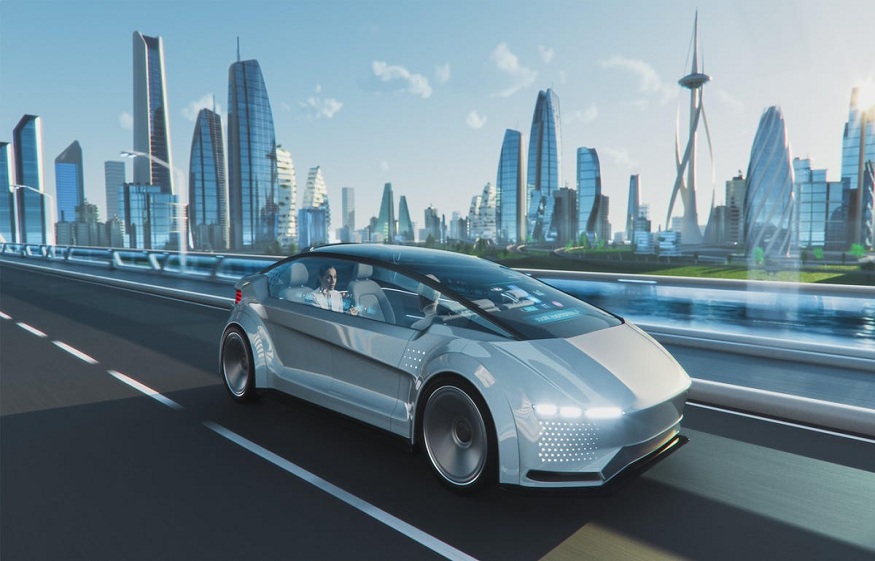Business life is complicated and that of car manufacturers is particularly so. Let us mention, among other things, colossal investments with each launch of a new model. And this, despite platform strategies (this is a basic structure of a vehicle, which makes it possible to build varied ranges while reducing investment costs – for example, PSA’s EMP2 platform covers 50% of the production of the group thus allowing a combination of varied styles). We should also mention the permanent risks of non-compliance with the various legislations, as the Volkswagen and Renault cases remind us.regarding compliance with anti-pollution standards. Or brutal market variations: professionals in the sector still remember the collapse in sales of new cars during 2014 in Russia.
In short, designing, manufacturing and selling cars is no picnic. But, after all, it’s nothing compared to the major challenges of the future of the automobile. With this in mind, it is instructive to review four of the current strategic options, fairly representative of the general movement, and then to consider which one seems the most relevant.
1. The mobility ecosystem
Starting from a quasi-blank sheet, Tesla imagined and implemented a high-end, even elitist electric mobility ecosystem (see also the column: “Tesla’s marketing lesson” ). The first price starts at 33,000 euros for the future Model 3 and easily exceeds 125,000 euros for the Model X in the P90D version. This mobility ecosystem is based on three pillars.
– Intelligent technology with high usage value combining performance, autonomy, comfort and safety.
– An industrial approach of excellence that allows the company to claim an exemplary level of quality. Thus, the magazine “Consumer Reports ” indicated in 2015 that the Tesla was the car with the highest reliability index in the United States.
– A distribution that bypasses the traditional dealerships to focus on a logic of showrooming, in spaces that it manages in-house with a reduced number of vehicles on display. An economic model which is based on the new product and not on the after-sales service, the Tesla being very low maintenance.
2. Global multibranding
Volkswagen is a globalized hyper-specialist with, in alphabetical order: Audi, Bentley, Bugatti, Ducati (motorcycles), Lamborghini, Man (trucks), Porsche, Scania (trucks), Seat, Skoda and Volkswagen. The strategy is simple but very effective: to be the best, everywhere and all the time, by covering all segments of the offer – from the popular Skoda Citigo at 9,500 euros to the Bentley Mulsanne at 366,900 euros. So, of course, there is a scandal from time to time, such as the “Dieselgate” in the United States . This is partly explained by the quasi-military organization of the group: we do not discuss orders, even if the objective is unattainable, and we avoid at the same time raising problems.
But despite these cultural and managerial vagaries, the Volkswagen group is ultimately not so far from Tesla. Even if its business model is based on traditional distribution with its own and independent dealers, the high level of technological and industrial professionalism that it demonstrates as well as the systematic attention paid to performance and safety make it possible to offer the market for vehicles that meet four key criteria: emotion, value in use, profitability and operational excellence.
3. The radical low cost
Renault offers an intelligent low-cost offer, sold sometimes under the Dacia brand (in Europe), sometimes under the Renault brand (Brazil, India, Russia, etc.) and its ultra-competitive production sites located in areas with low wage costs ( Romania, Morocco, India, etc.). The recipe is simple in appearance, but it requires remarkable execution certainty: every cent and every superfluous gram is ruthlessly hunted down, without the end result being unsatisfactory, both visually and in terms of use value. Driving pleasure is certainly a little absent, but the fundamentals in terms of safety, comfort and even quality are respected, and above all adapted to the destination markets. Thus, the Kwid (and its clone, the Datsun Redi-GO) is suitable for the Indian market where safety and anti-pollution rules are much less drastic than in Europe. As a result, the Kwid is sold at a starting price of 3500 euros, which constitutes a rather breathtaking performance, especially by generating a positive margin.

